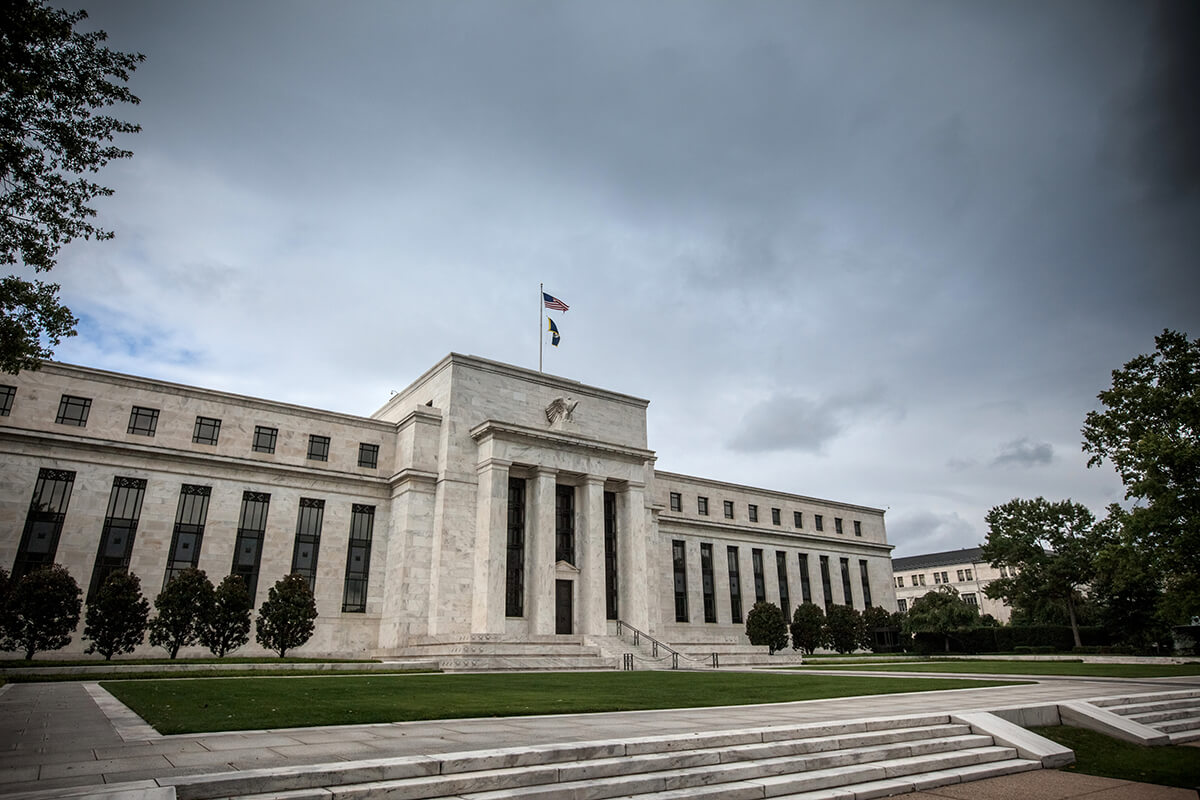The tightening of monetary policy is coming to an end, globally. Back in July, we highlighted the synchronized global nature of monetary tightening as almost all the developed market central banks were in the middle of raising interest rates to combat levels of inflation that had not been seen in over thirty years. Now, nearly nine months later, we are in a very different place.
It is becoming clear that the swift and abrupt tightening is impacting financial markets and beginning to seep into the real economy as global yield curves were the most inverted in decades, the banking sector is bringing new worries, lenders are tightening credit conditions, and interest rate sensitive sectors and economies are on weaker footing.
A Look Around the Globe
Canada and Australia
Not surprisingly, the first two developed world central banks to pause hiking policy rates were the first central banks to end unprecedented easing. Both the Bank of Canada and Reserve Bank of Australia are pausing tightening to allow the long and variable lags of monetary policy to play out in their respective economies. The Canadian and Australian economies are much more sensitive to interest rates as their mortgages are more variable, household debt is higher and centered around mortgages, and lower commodity prices are negatively impacting the growth outlook. We would not be surprised if the next move from the Bank of Canada and Reserve Bank of Australia are cuts, rather than hikes.
Europe
While less than three years ago markets did not think the European Central Bank (ECB) would be able to raise interest rates out of the negative – high inflation and relatively resilient growth has given President Christine Lagarde cover to hike rates into restrictive territory. In fact, since June of last year, the ECB has hiked rates 350 basis points with multiple hikes of 75 basis points. Furthermore, the market sees the ECB hiking another 30-40 basis points before ending their tightening cycle. We believe extending the hiking cycle will be difficult as the ECB walks a delicate tightrope due to banking stress, high inflation, and externalities from the war in Ukraine.
Looking elsewhere in Europe, the Bank of England (BOE) is slowing down the speed at which they hiked policy after navigating the pension and gilt crisis last autumn. Despite a slowdown in the housing market, the UK economy is still running too hot with inflation much higher than the BOE’s target. As such, the market is pricing in at least one more quarter-point rate rise.
Japan
Completely disjointed from the rest of the world, Japan continues its unorthodox policy. The Bank of Japan (BOJ) did not participate in the global tightening cycle and instead ran policy counter to inflation fighting measures globally. The BOJ went to great lengths in December to highlight that widening the corridor for yield curve control from 0.25% to 0.50% was not a tightening measure; but rather to improve market functioning which led to an acceleration of asset purchases by the BOJ. The BOJ’s pro-cyclical policy measures are the antithesis of conventional monetary policy and have led to easing when market conditions warrant tightening; and tightening when market conditions warrant easing. It is no surprise the yen weakened significantly. With new leadership recently put in place, only time will tell if the BOJ changes course and rejoins the rest of the world.
United States
Last but not least, the Federal Reserve (the Fed) hiked the Federal Funds rate by 25 basis points last week – marking the highest level since the Great Financial Crisis in 2008. This latest hike puts the range between 4.75-5.00%. The Fed hiked rates again despite worries dripping through regional domestic banks and the consolidation of two large European banks. In general, the market sees a small chance the Fed will hike again this cycle and is pricing in almost 100 basis points of cuts over the next twelve months. That stated, the Fed is in a difficult spot juggling inflation that is too high with worries about financial stability and making good on its employment mandate. The market clearly thinks this is the end of the tightening cycle and if the latter two goals fall flat, it seems inevitable they will need to ease policy within the next twelve months.
The Turning Point
In summary, the synchronized global central bank tightening cycle is long in the tooth. Monetary policy works with long and variable lags which will make a tough environment for growth while inflation remains stubbornly high. Policy makers will likely be caught in the crossfire of low growth, higher than targeted inflation, and added uncertainty of financial stability risks from the banking sector. To us, this likely marks the turning point for monetary policy as we enter the end of the cycle.
Enjoying this information? Sign up to have new insights delivered directly to your inbox.
Sources: Wall Street Journal and Bloomberg.
This material contains the opinions of Manning & Napier Advisors, LLC, which are subject to change based on evolving market and economic conditions. This material has been distributed for informational purposes only and should not be considered as investment advice or a recommendation of any particular security, strategy, or investment product.



